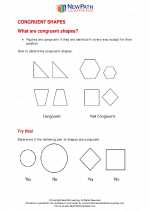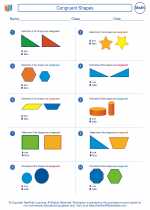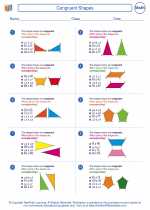Counting in Mathematics
Counting is a fundamental concept in mathematics that involves determining the number of objects in a set or group. It is an essential skill that forms the basis for more advanced mathematical concepts.
Counting Numbers
The counting numbers, also known as natural numbers, are the set of positive integers starting from 1 and continuing indefinitely. They are denoted by the symbol N:
N = {1, 2, 3, 4, 5, ...}
Counting Principles
There are several principles and techniques for counting objects and determining the number of possible outcomes in various situations. Some of the key principles include:
- One-to-One Correspondence: This principle states that two sets have the same number of elements if there exists a one-to-one correspondence between their elements.
- Counting by Multiplication: When there are multiple independent choices to be made, the total number of outcomes is determined by multiplying the number of choices for each decision.
- Counting by Addition: When there are multiple mutually exclusive or overlapping sets of outcomes, the total number of outcomes is determined by adding the number of outcomes in each set.
Counting Techniques
There are various techniques for counting objects and determining the number of possibilities, including:
- Enumeration: This involves simply listing out all the elements in a set and counting them.
- Factorial Notation: The factorial of a non-negative integer n, denoted by n!, is the product of all positive integers less than or equal to n.
- Permutations and Combinations: These are techniques used to count the number of ways to arrange or choose items from a set, taking into account the order of arrangement (permutations) or not considering the order (combinations).
Practice Questions
Now that you have learned about counting in mathematics, try these practice questions to test your understanding:
- How many different 3-digit numbers can be formed using the digits 1, 2, and 3 without repetition?
- A committee of 5 members is to be formed from a group of 10 people. In how many ways can the committee be selected?
Feel free to explore these concepts further through additional practice and problem-solving to enhance your counting skills in mathematics!
.◂Math Worksheets and Study Guides Fifth Grade. Congruent Shapes

 Worksheet/Answer key
Worksheet/Answer key
 Worksheet/Answer key
Worksheet/Answer key
 Worksheet/Answer key
Worksheet/Answer key
